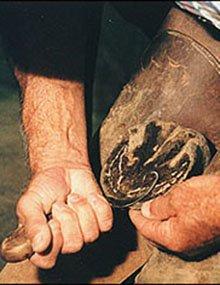

Care of Your Horse’s Feet
Reviewed
Foot care is one of the most neglected horse management practices. Most lameness that impairs the usefulness of a horse can be prevented by proper foot care and reasonable management.
Foot care should be as routine as feeding and watering. It should include:
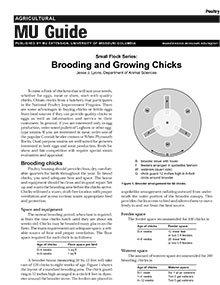
Small Flock Series: Brooding and Growing Chicks
Revised
Raising a flock of chickens can be difficult. Visit our website today to view our Small Flock Series: Brooding and Growing Chicks.

Sampling Poultry Litter for Nutrient Testing
New
Learn how to sample poultry litter accurately to assess nutrients for effective fertilizer use and improved crop and environmental outcomes.
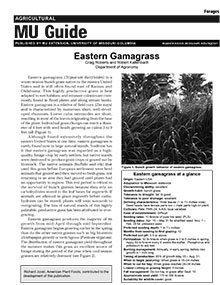
Eastern Gamagrass
Reviewed
Eastern Gamagrass is a highly productive grass and is a high-quality forage crop. Visit our website today to learn more.

Agroforestry: An Integration of Land Use Practices
New
Editor's note
The following abstract describes a publication that is only available as a downloadable PDF.
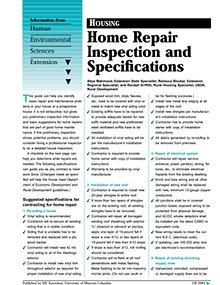
Home Repair Inspection and Specifications
Reviewed
This guide helps homeowners identify basic repair issues and provides specifications for common home maintenance tasks.
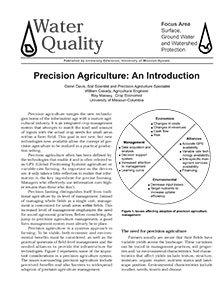
Precision Agriculture: An Introduction
New
Precision agriculture uses technology to tailor inputs to specific field areas, enhancing efficiency, productivity, and environmental stewardship.
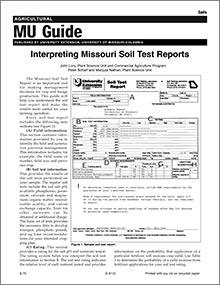
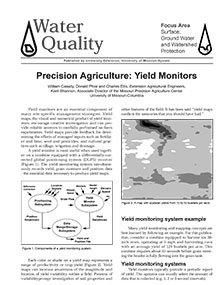
Precision Agriculture: Yield Monitors
New
Learn how yield monitors and GPS data help optimize crop management through yield mapping, moisture tracking, and variable-rate decisions.
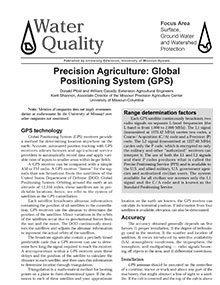
Precision Agriculture: Global Positioning System (GPS)
New
Precision agriculture utilizes GPS technology to enhance farming efficiency through accurate location tracking and data collection.
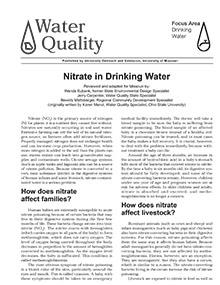
Nitrate in Drinking Water
Reviewed
Nitrate contamination in drinking water poses health risks to infants and livestock, leading to conditions like methemoglobinemia.
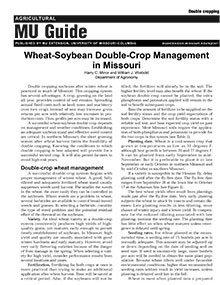
Wheat-Soybean Double Crop Management in Missouri
Revised
A crop, growing on the land all year, provides control of soil erosion. Visit our site to learn about Wheat-Soybean Double Crop Management in Missouri.
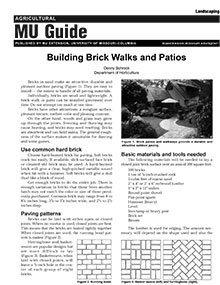
Building Brick Walks and Patios
Reviewed
Bricks in sand make an attractive, durable and pleasant outdoor paving (Figure 1). They are easy to install — the easiest to handle of all paving materials.
Individually, bricks are small and lightweight. A brick walk or patio can be installed piecemeal at leisure. Do not attempt too much at one time.
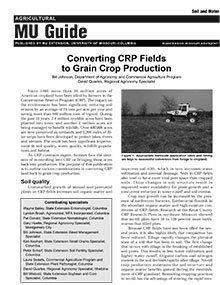
Converting CRP Fields to Grain Crop Production
New
Learn how to transition CRP fields to grain crops while maintaining soil quality, choosing the right crops, and using best management practices.
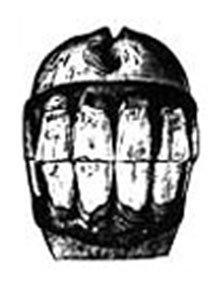
Determining Age of Horses by Their Teeth
Reviewed
The art of determining the age of horses by inspection of teeth is an old one. Visit our website to learn about determining age of horses by their teeth.
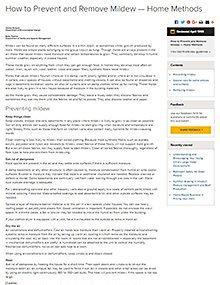
How to Prevent and Remove Mildew — Home Methods
Reviewed
Mildew can negatively affect your health and home. Visit our website today to learn how to how to prevent and remove mildew.
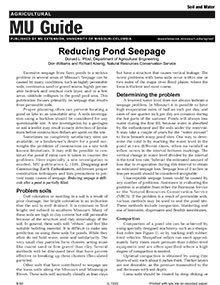
Reducing Pond Seepage
Revised
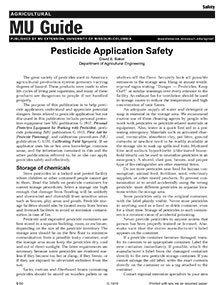
Pesticide Application Safety
Revised
The great variety of pesticides used in America's agricultural production system presents varying degrees of hazard. These products were made to alter life cycles of living pest organisms, and many of these products are dangerous to people if not handled properly.
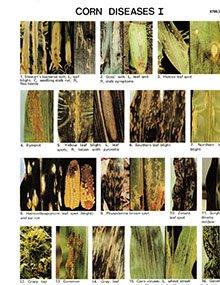
Corn Diseases I
Reviewed
Editor's note
This publication is intended as a downloadable PDF. If reprinting or copying, please complete the permissions form that can be found under guidelines to reprint or copy on the left side of this page. If sharing or posting, please link directly to this page.
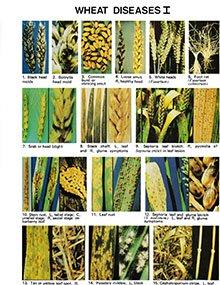
Wheat Diseases I
Reviewed
Editor's note
This publication is intended as a downloadable PDF. If reprinting or copying, please complete the permissions form that can be found under guidelines to reprint or copy on the left side of this page. If sharing or posting, please link directly to this page.
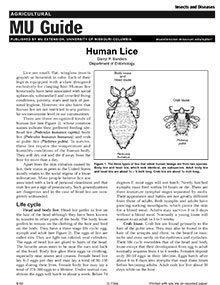
Human Lice
New
This publication provides detailed information on the identification, life cycle, and health implications of head, body, and crab lice.
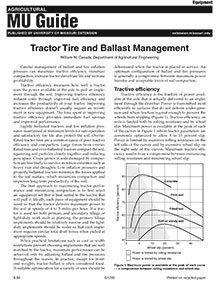
Tractor Tire and Ballast Management
New
Careful management of ballast and tire inflation pressure can maximize tractive efficiency, minimize compaction, increase tractor drivetrain life and increase profitability.
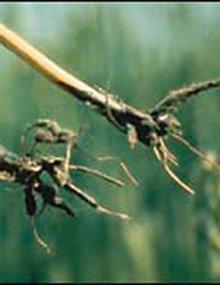
Wheat Take-All
Revised
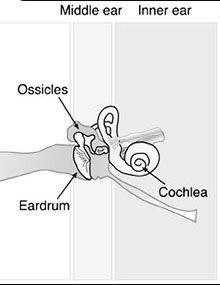
Noise: The Invisible Hazard
Reviewed
Farm workers experience one of the highest rates of hearing loss among all occupations. This is due in part to the many potential sources of loud noise on the farm: tractors, combines, grinders, choppers, shotguns, conveyors, grain dryers, chain saws, etc. Prolonged exposure to excessive noise can cause permanent hearing losses unless noise control measures are taken.
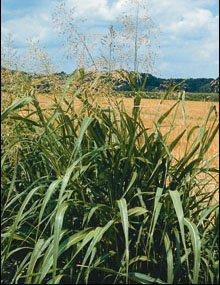
Johnsongrass Control
New
Johnsongrass is a troublesome perennial grass weed that reduces yields in many crops. Visit our website to learn about Johnsongrass control.